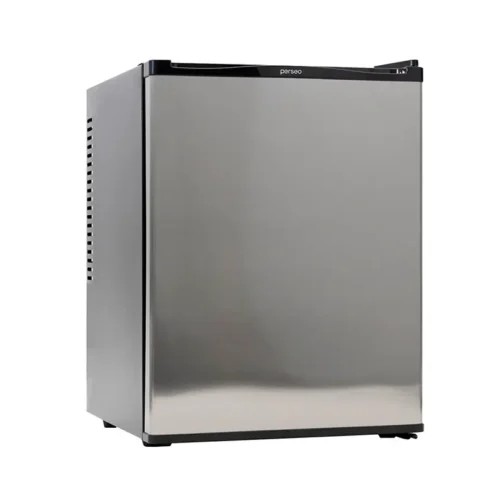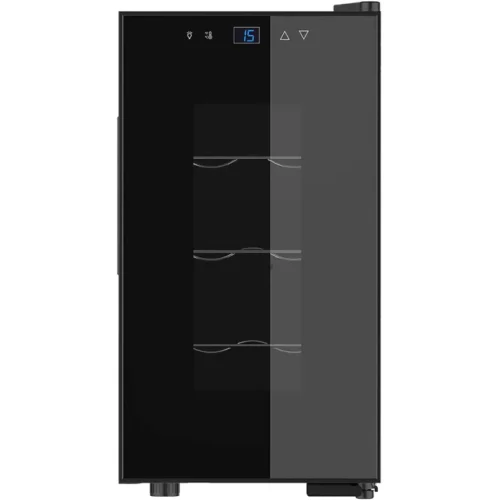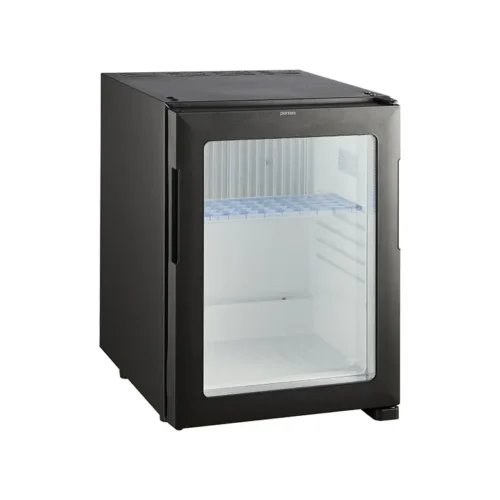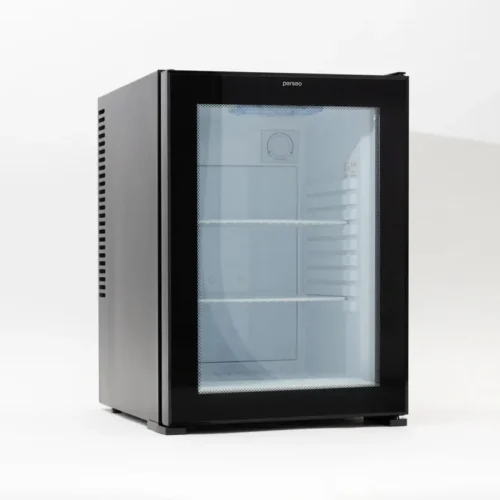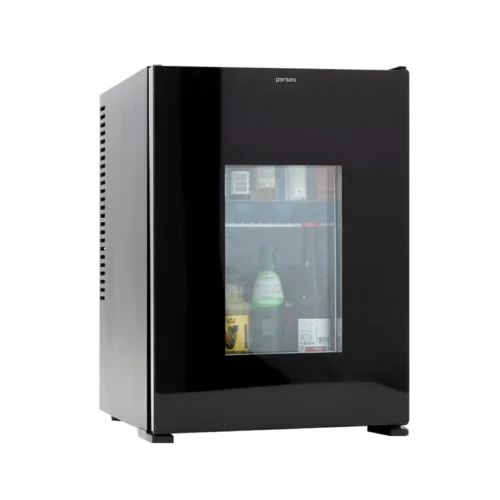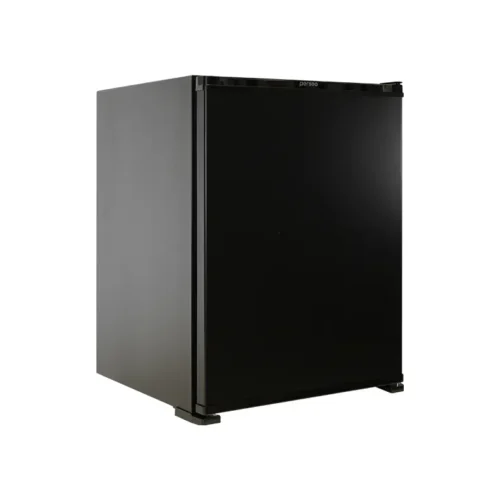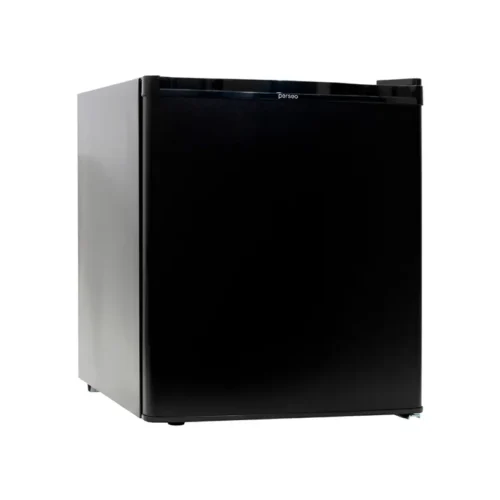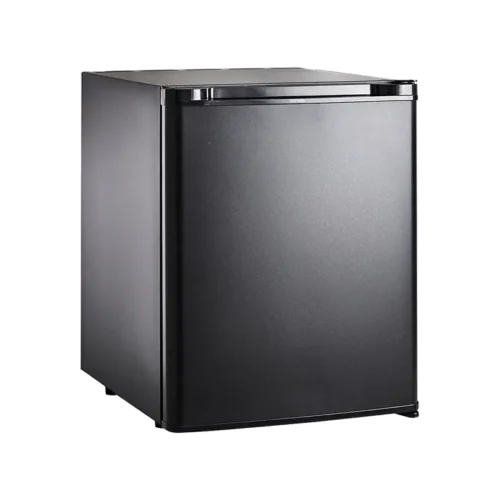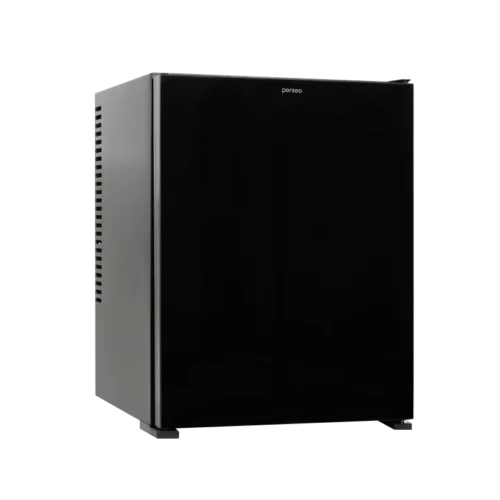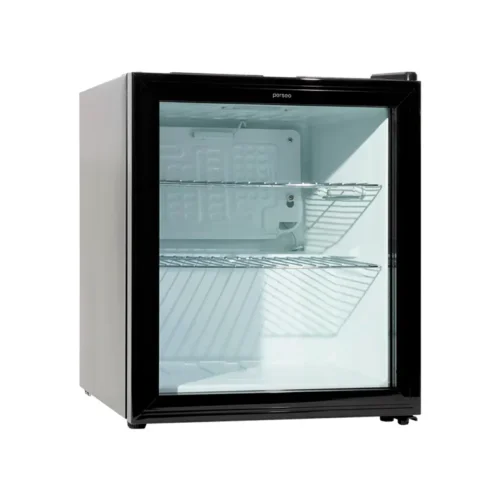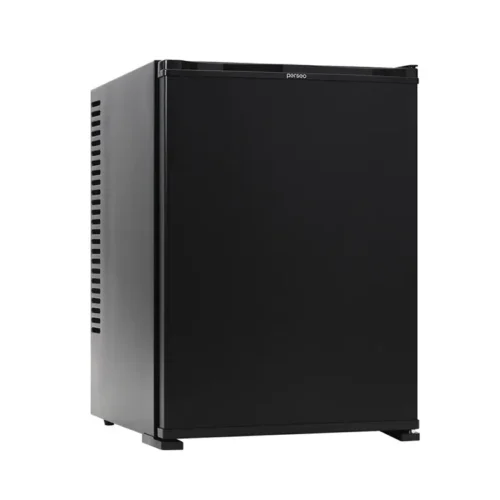Hotel Minibar
-
Hotel Minibar
“Hotel Minibar: Tiny Treats, Grand Delights.”
Introduction
A hotel minibar is a small, private snack and beverage bar commonly found in hotel rooms, typically stocked with a selection of small, refrigerated beverages and light snacks. Minibars provide convenience for guests, allowing them to consume items at any time without the need to visit the hotel’s main dining facilities. The contents of a minibar might include alcoholic and non-alcoholic beverages, candy, chips, and other small treats. Pricing for minibar items is generally higher compared to outside stores, reflecting the convenience charge. Minibars are designed to cater to the immediate needs or impulses of hotel guests, offering a range of options to enhance their comfort and experience during their stay.
Exploring the Evolution of Hotel Minibars: From Simple Snacks to Luxury Amenities
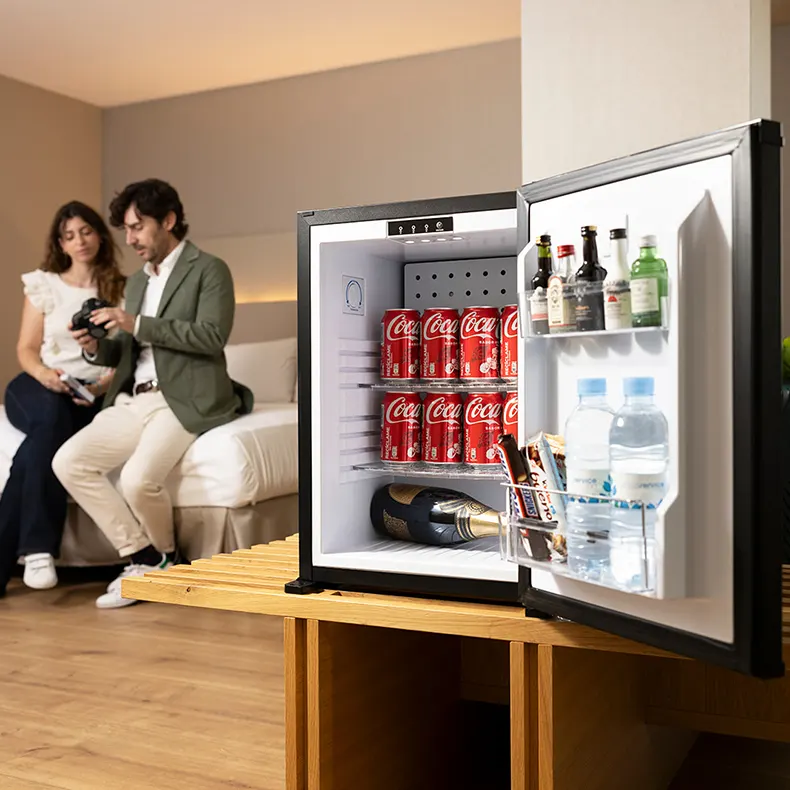
The minibar, a staple of modern hospitality, has undergone a remarkable transformation since its inception. Initially introduced as a convenient amenity for guests seeking a snack or drink without leaving the comfort of their room, minibars have evolved into a symbol of luxury and personalized service in the hospitality industry.
The concept of the minibar dates back to the 1960s when it first appeared in luxury hotels. The original idea was simple yet innovative: provide a small refrigerator in each room, stocked with a selection of beverages and snacks. This allowed guests to enjoy refreshments at their leisure, adding a new layer of comfort and convenience to their stay. Over time, the contents of minibars expanded from basic sodas and miniature bottles of liquor to include gourmet snacks, artisanal chocolates, and even local delicacies, reflecting the hotel’s location and cultural surroundings.
As the hospitality industry grew more competitive, hotels began to see minibars not just as a source of additional revenue, but as a crucial element of the guest experience. This shift marked the beginning of a new era for minibars, one where customization and luxury took center stage. Hotels started to tailor minibar offerings to the preferences and tastes of their guests. For instance, health-conscious travelers might find a selection of organic snacks and gluten-free options, while those appreciating finer spirits could enjoy premium wines and top-shelf liquors.
Moreover, technology has played a significant role in the evolution of the minibar. Modern minibars are often equipped with sophisticated systems that automatically charge guests for items they consume, eliminating the need for manual checks and reducing the potential for billing errors. Some high-end hotels have even introduced smart minibars that can be customized in real-time based on guest preferences or previous consumption patterns, enhancing the overall guest experience.
The luxury aspect of minibars has also seen a significant transformation. In some of the world’s top hotels, minibars are designed to complement the room’s aesthetic and theme, featuring elegantly crafted minibar cabinets and high-quality glassware that match the room’s decor. These minibars often include exclusive items, such as vintage wines, premium spirits, and gourmet treats, turning a simple amenity into a luxurious indulgence.
However, the evolution of minibars has also prompted hotels to rethink their approach to this amenity, especially in response to changing guest preferences and the increasing importance of sustainability. The traditional model of stocking minibars with a standard array of items has given way to more eco-friendly practices, such as reducing packaging waste and offering locally sourced products. Some hotels have even opted to remove minibars from rooms altogether, replacing them with central snack and beverage areas that reduce energy consumption and waste.
In conclusion, the hotel minibar has come a long way from its humble beginnings as a simple convenience. Today, it stands as a testament to the industry’s adaptability and commitment to enhancing guest satisfaction. Whether through offering customized selections tailored to individual tastes or incorporating cutting-edge technology and sustainable practices, the evolution of minibars reflects broader trends in hospitality that prioritize personalization, luxury, and environmental responsibility. As we look to the future, it is clear that the minibar will continue to play a vital role in defining the luxury hotel experience, adapting to new challenges and opportunities in an ever-changing industry.
Conclusion
Hotel minibars offer convenience and a variety of snacks and beverages directly in guest rooms, enhancing the overall guest experience. However, they can also be a source of high costs for guests due to marked-up prices. For hotel management, minibars represent a potential revenue stream but require maintenance and inventory management. The future of minibars may see more customization and technology integration, potentially improving service while reducing operational challenges.
Showing all 12 results
